After initially being shown off at the last month’s Unpacked, which focused more on the Galaxy Note 20 and Note 20 Ultra, Samsung held another virtual Unpacked event to give some more info on the Galaxy Z Fold 2. This is the successor to the original Galaxy Fold, which launched back in September of last year to much fanfare.
The handset marked a shift in the market, as Samsung wanted to continue pushing the boundaries of what it was able to do with smartphones and smartphone displays. Considering that Samsung arguably already makes the best displays on the market, it only made sense for this move to come with the glass slab getting a bit old. It also helped that the likes of Motorola, Huawei, and even Microsoft were getting in on the foldable fun.
Fast forward to this year, and we not only saw two versions of the Galaxy Z Flip, but those other companies have released their iterations on the foldable smartphone. While the original Galaxy Fold was a feat in and of itself, there were a lot of qualms and sacrifices that needed to be made. Notably, you almost had to wear white gloves with the phone just to avoid getting anything in between the glass and the protective screen that kept the glass from breaking.
Another big issue was the relatively-tiny screen on the front that was almost as useless as the notification screen with the Galaxy Z Flip. Samsung took almost everything that it learned over the past year and brought us the new Z Fold 2, which improves in many areas, but still has two enormous problems.
Samsung Galaxy Z Fold 2 Specifications
| Processor | Snapdragon 865+ |
| Display | 7.6 inches, 22.5:18 aspect ratio, 2208×1768 (373 ppi) resolution, Dynamic AMOLED 2X Infinity Flex Display 6.2 inches, 25:9 aspect ratio, 2260×816 (386 ppi) resolution, Super AMOLED cover display |
| Memory | 12GB |
| Storage | 256GB |
| Cameras | Main: 12MP, ƒ/1.8, 1.8μm, 4K60fps (wide-angle) Ultrawide: 12MP, ƒ/2.2, 1.12μm (ultra-wide) Telephoto: 12MP, ƒ/2.4, 1.0μm, 2x optical zoom, 10x digital (telephoto) Selfie: 10MP, ƒ/2.2, 1.22μm |
| Battery | 4500mAh, 25W Fast Charging |
| Dimensions | 68 x 159.2 x 16.8mm (folded) 128.2 x 159.2 x 6.9mm (unfolded) |
| Weight | 282g |
Problem #1 – The Obvious One
It’s really no secret that innovation and the willingness to push boundaries ends up costing a lot of money. These companies, like Samsung, have to spend boatloads of cash on development, R&D, and the actual man-hours to bring these smartphones to fruition, in addition to paying licensing fees, acquiring parts (I’m looking at Qualcomm), and more. So it makes sense that the original Galaxy Fold was priced at almost $2,000.
While many were hoping that Samsung would have been to bring the price down in some form or fashion, that simply wasn’t the case. In fact, the new Galaxy Z Fold 2 is priced at $2,000, which is $20 more than its predecessor. But with that money, you could really pick up a solid used car, instead of a next-gen and ultra-futuristic smartphone.
Just because the smartphone market, on the whole, has become accustomed to prices starting at $1,000 and going up, does not make this any easier of a pill to swallow. Dropping $2,000 on a 2nd generation product is eye-watering and likely won’t be done by very many, outside of tech enthusiasts and those with more money than they know what to do with. Obviously, this is not a product for the “everyday” user, as Samsung already has those markets covered with the Galaxy S20 and you can bump up to the Note 20 for the professional or stylus users.
Problem #2 – The Thickness
Although the Z Fold 2 has been improved in just about every way imaginable, there’s still one issue here. The bend. The display is incapable of folding flat on itself, which will always leave a little gap between the two displays. With a phone that is not only priced so high, but also sporting brand new technology, this leaves the Z Fold 2 susceptible to debris getting between the screens and could end up wreaking havoc.
For one, Samsung has already solved this problem, albeit with a smaller display, with the Galaxy Z Flip and Z Flip 5G. But we have also seen that the Z Fold 2 could have gone a couple of different routes in an effort to cut down on the size of the fold itself. Microsoft opted to go for the dual-screened approach with its upcoming Surface Duo. Of course, this is a completely different design, but Google has already been working on support for foldables and dual-screened devices for the last year or two.
The other competition comes from Samsung’s biggest competition abroad, Huawei. The Mate X and newer Mate Xs both fold flat, and have a compromise of their own with the “hump” which houses sensors, the camera, and more. It’s clear that Samsung didn’t want to go down either of these paths, but we are instead left with a device that won’t fold flat and adds more thickness in a world that is getting slimmer and sleeker.
Also LOL @ the Surface Duo being only slightly thicker than the Note 20 Ultra’s camera bump pic.twitter.com/Ok0kKXBsM1
— Marques Brownlee (@MKBHD) August 29, 2020
It’s possible that part of the reason for the inability to close both sides of the display is because of the thickness of the display itself. Taking a look at the aforementioned Surface Duo, one of the displays itself is thinner than the camera hump from the new Galaxy Note 20 Ultra. In fact, this design is thinner (when unfolded) than most smartphones you’ll see while you’re out and about.
The Z Fold 2 does not fall into this category, as each side measures in at 6.9mm when unfolded, and 16.8mm when folded. This is almost as thick as the Note 20 Ultra itself, which measures in at 8.1mm at its thinnest point. For comparison, those Surface Duo displays are just 4.8mm each, or 9.6mm when folded. And the final comparison we would like to make since the Duo is two separate displays is that the Huawei Mate XS measures in at 5.4mm when unfolded or 11mm when folded.
All of these are vastly slimmer than the Z Fold 2 and the crazy part is that Samsung is the industry leader when it comes to displays. Maybe something will change with the Z Fold 3 (or whatever it will be called), but we would have liked to see Samsung push the limits a little bit more here.
- Surface Duo: 4.8mm (unfolded) / 9.6mm (folded)
- Huawei Mate XS: 5.4mm (unfolded) / 11mm (folded)
- Samsung Galaxy Z Fold 2: 9.6mm (unfolded) / 16.8mm (folded)
Will we see Samsung launch a full-sized foldable that actually folds flat? Probably. When will it happen? Who knows. But it doesn’t mean that its a pretty heavy sacrifice to make on a device this expensive and that already has some sacrifices compared to other flagship devices that don’t even come close to this one in cost.

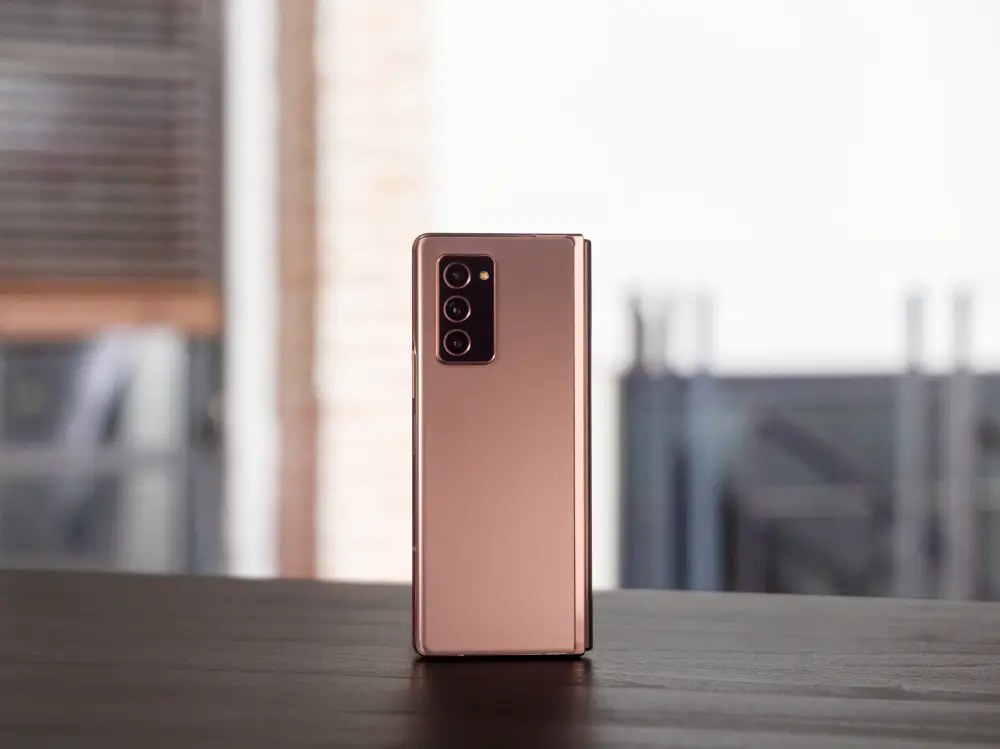
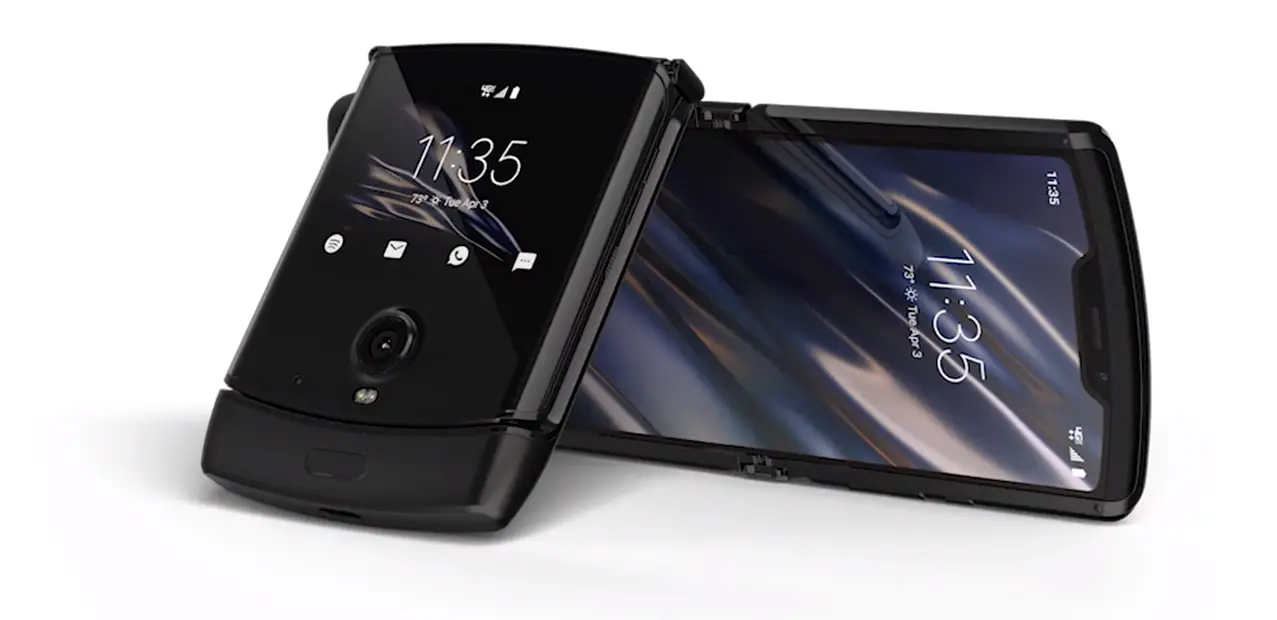
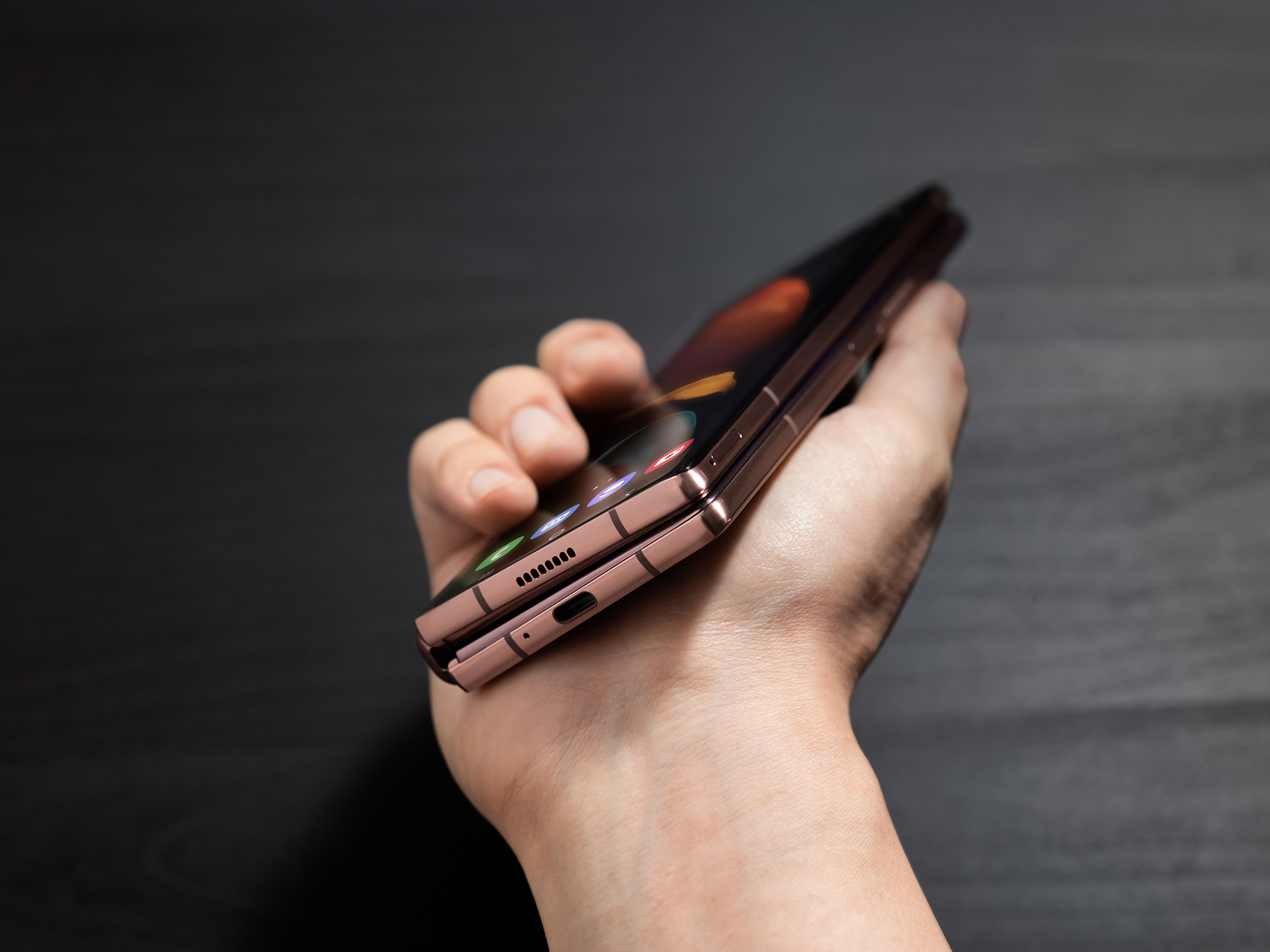


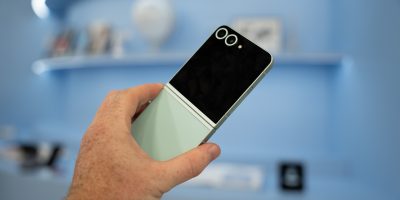

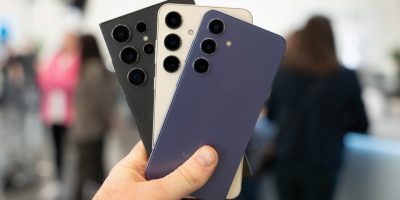

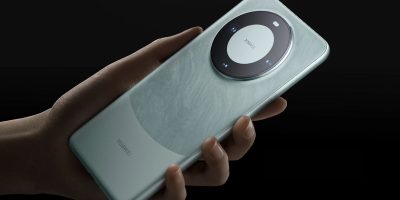




Comments